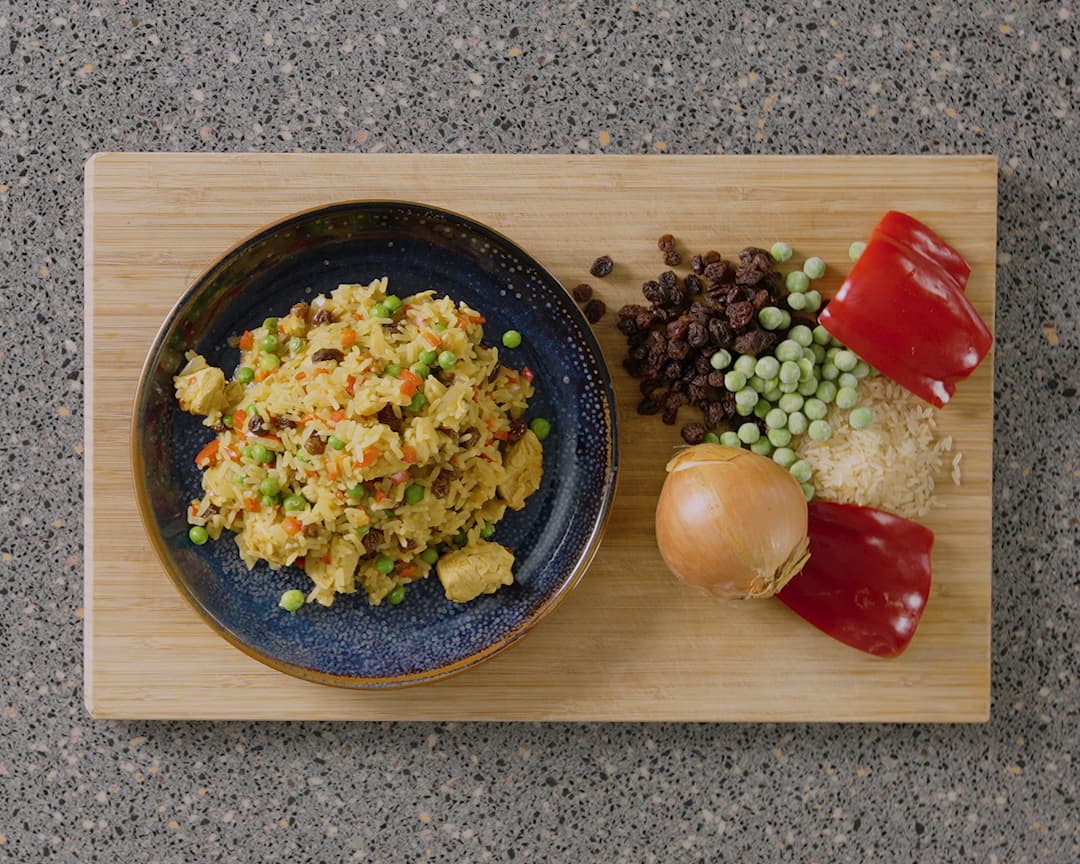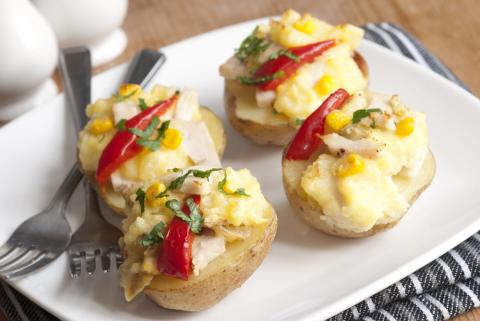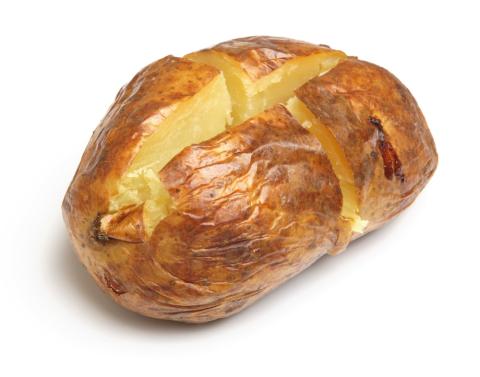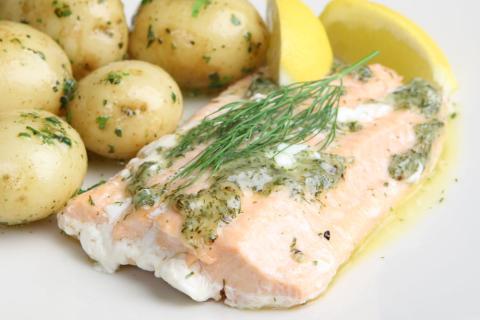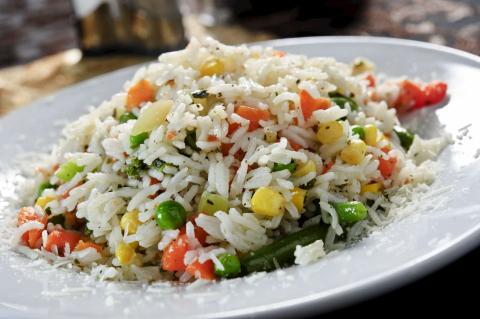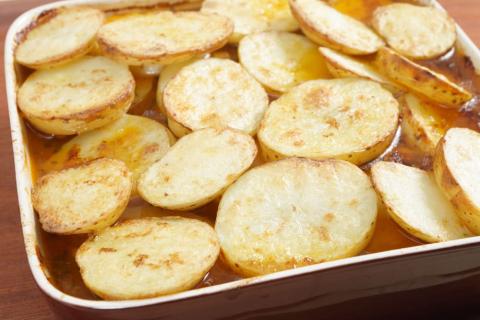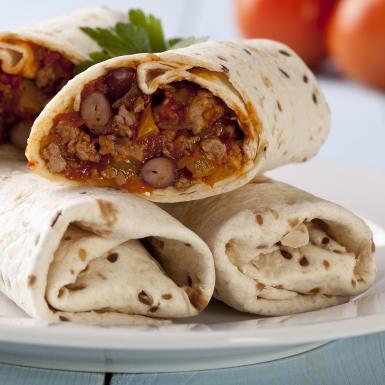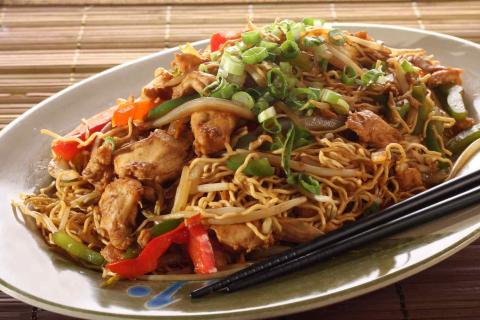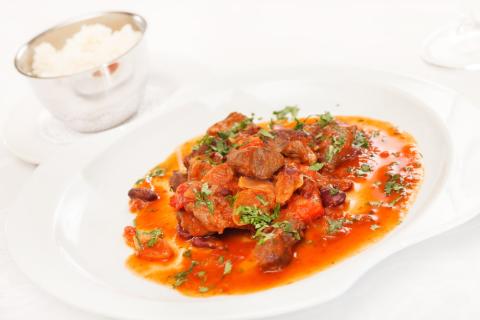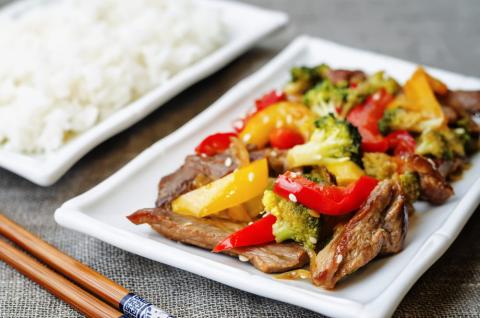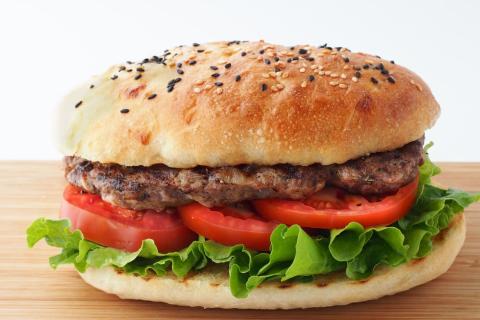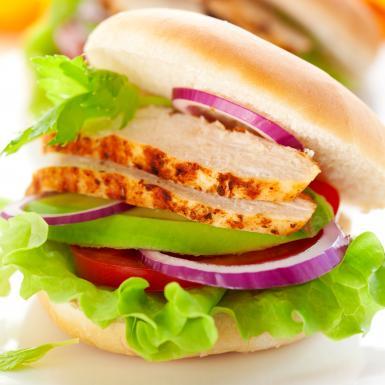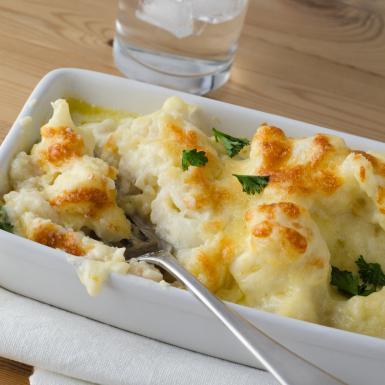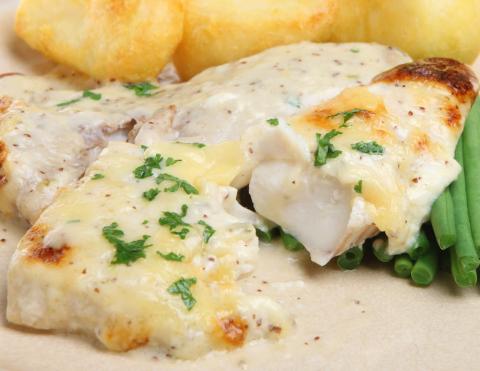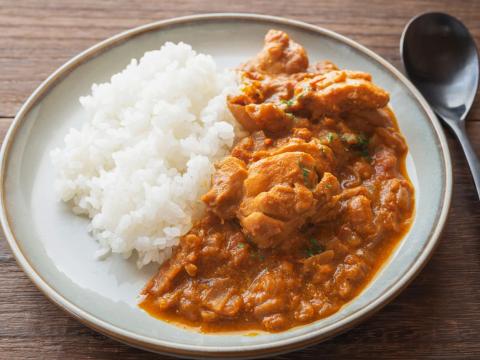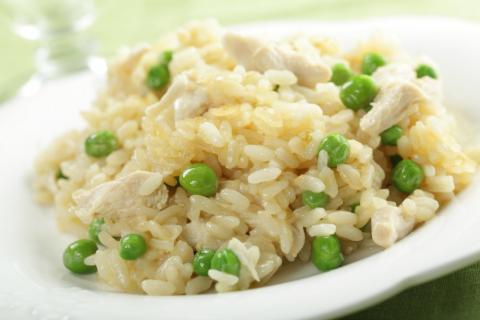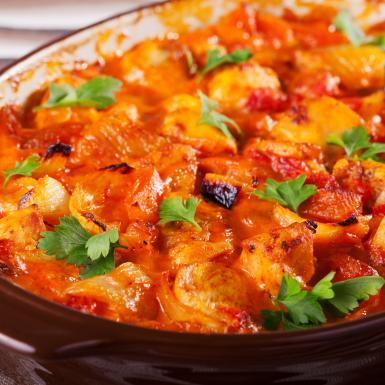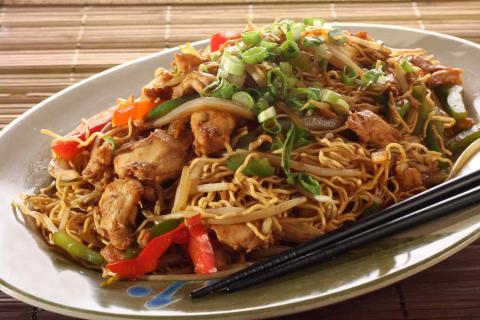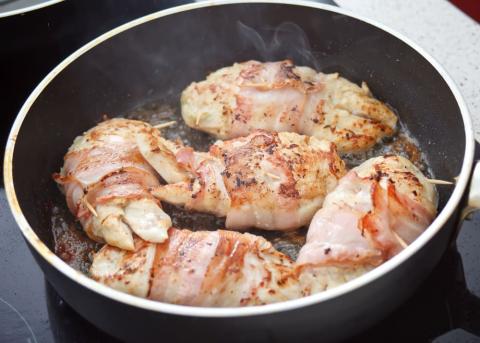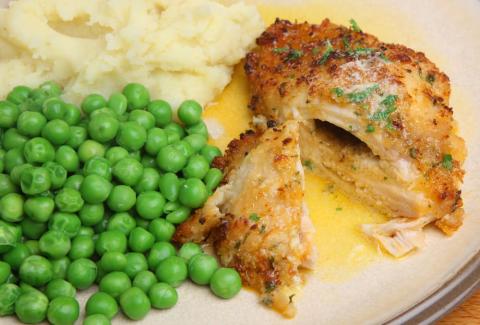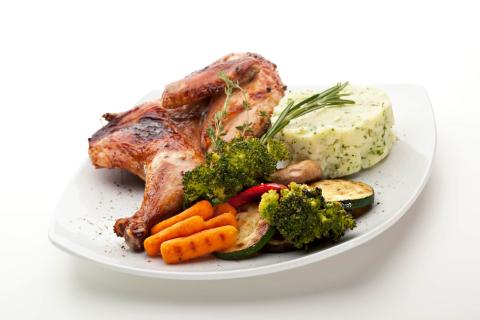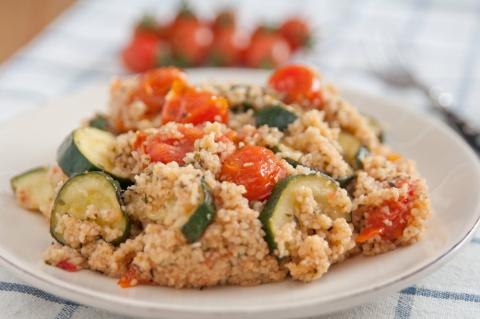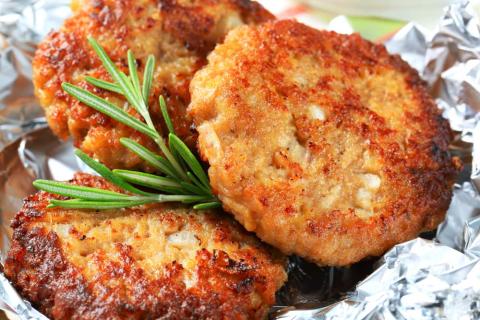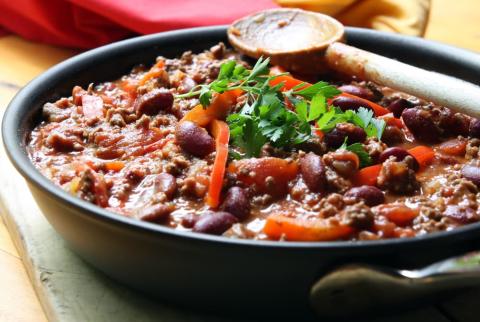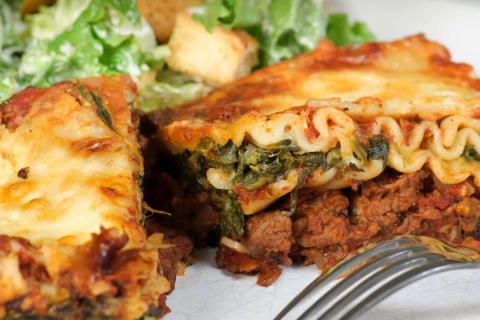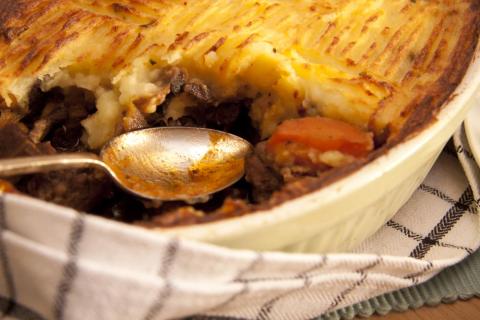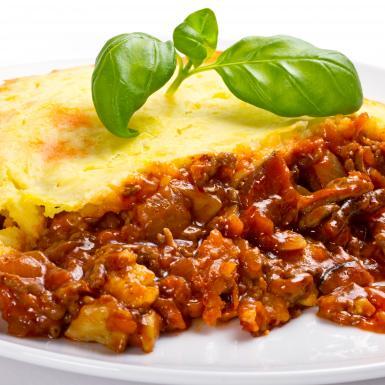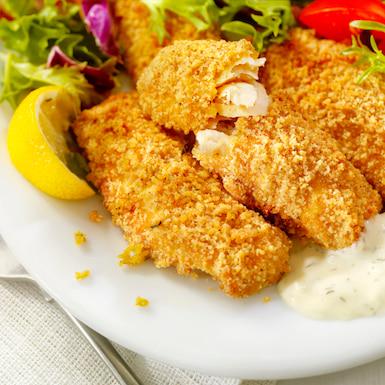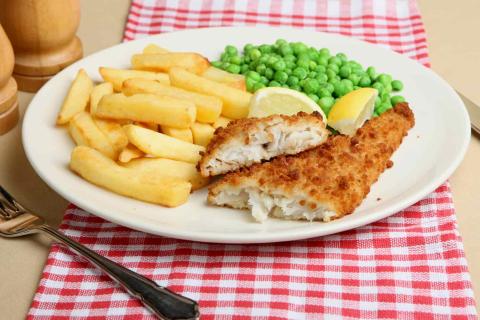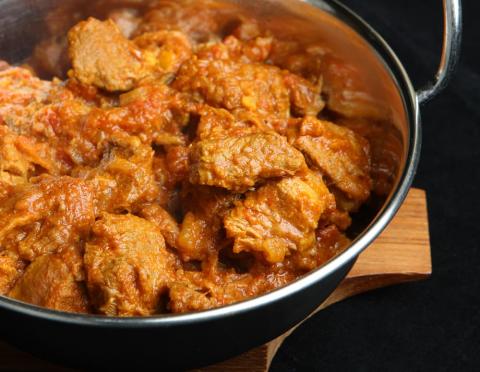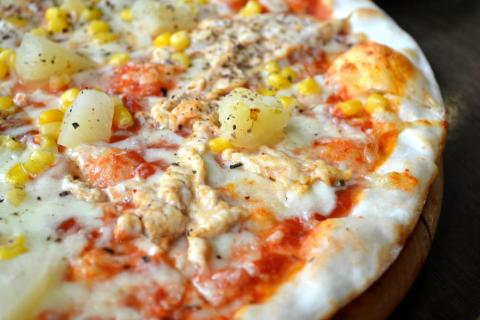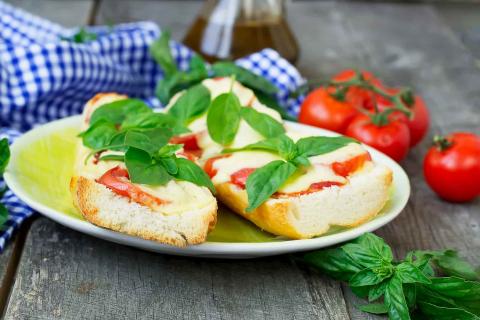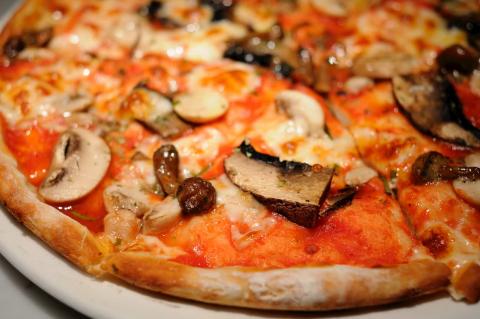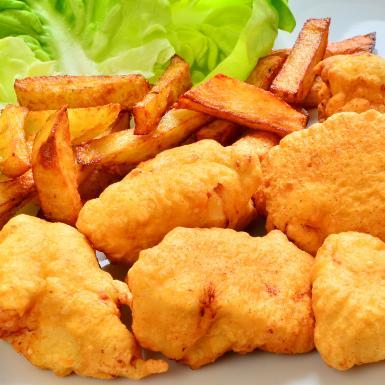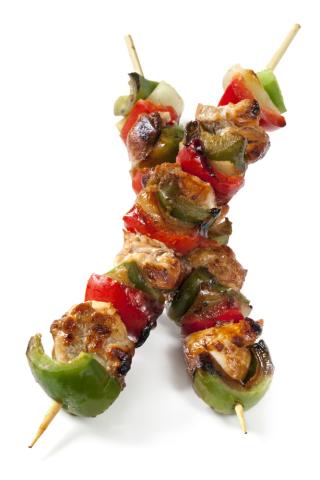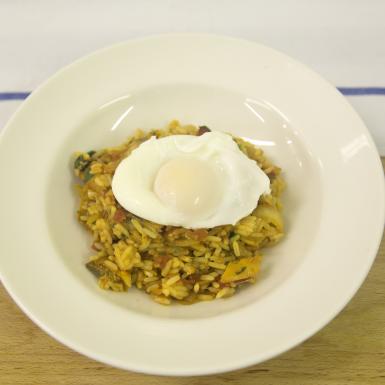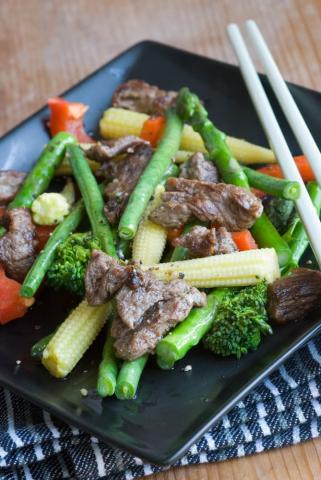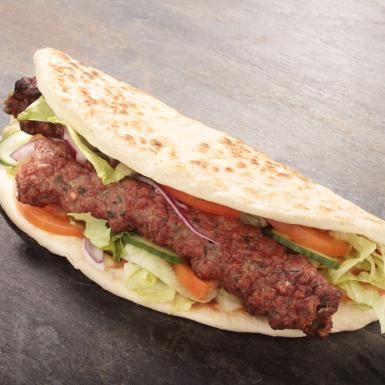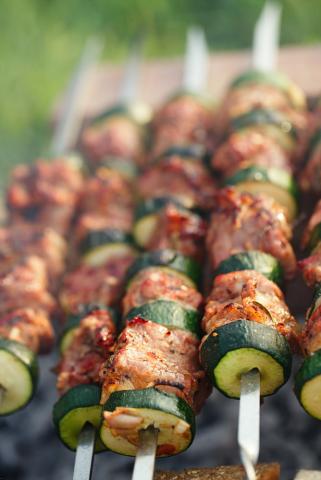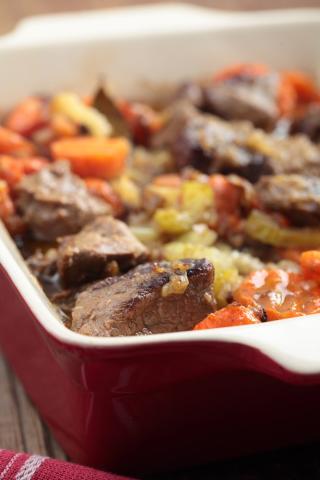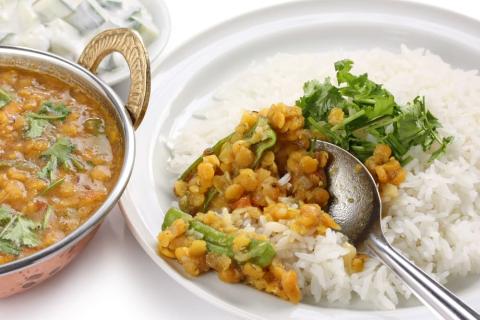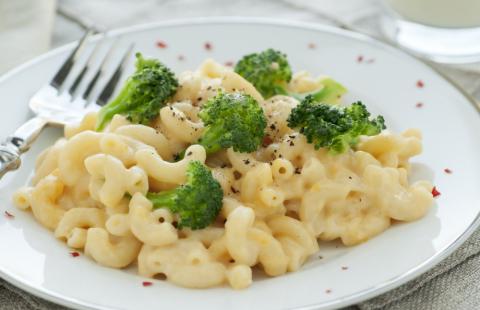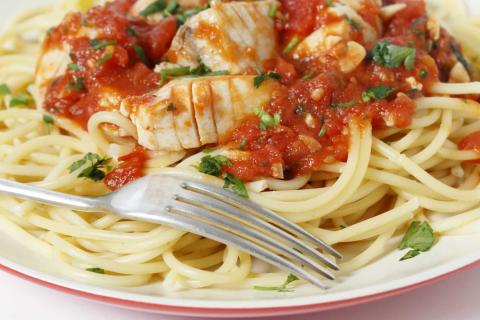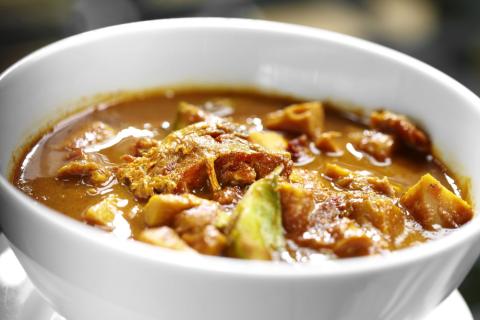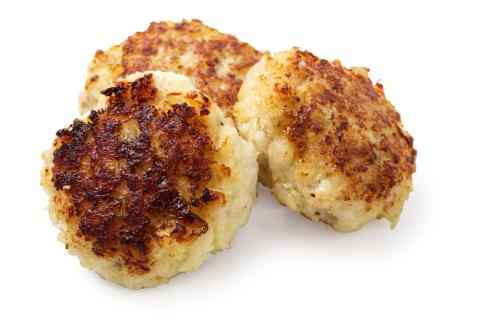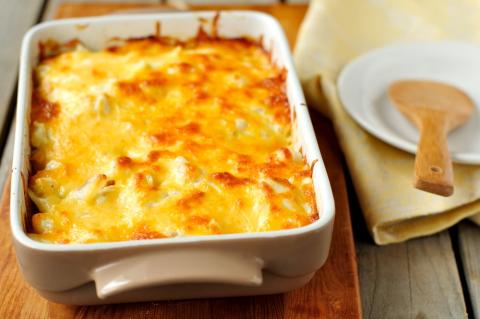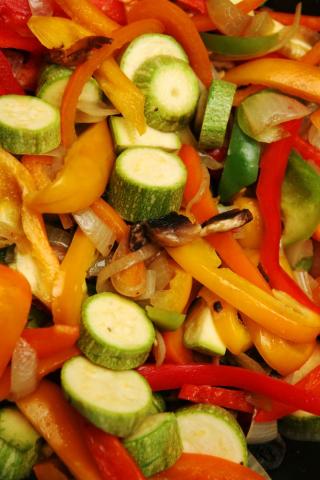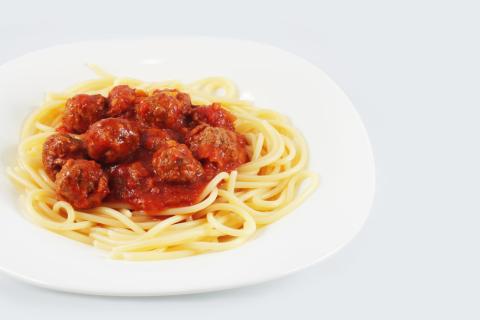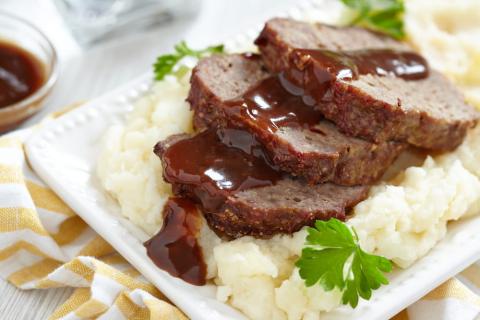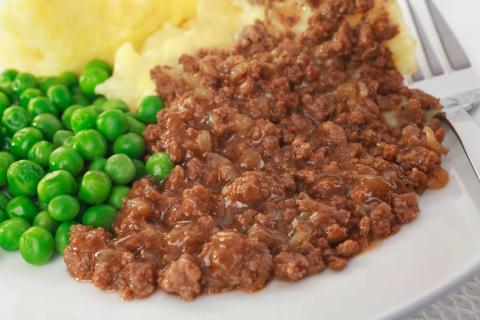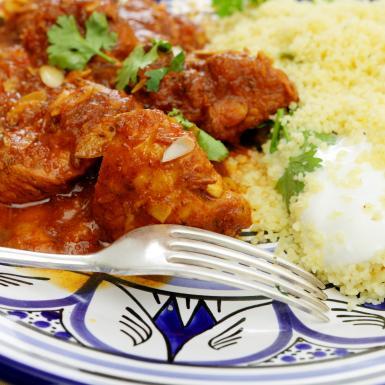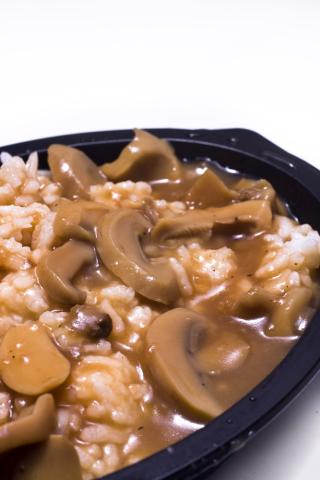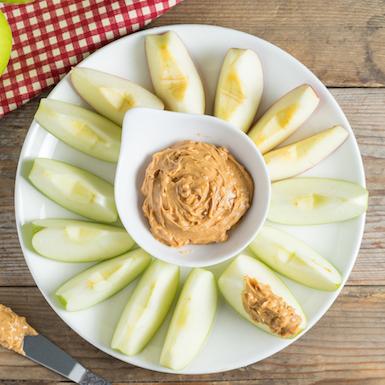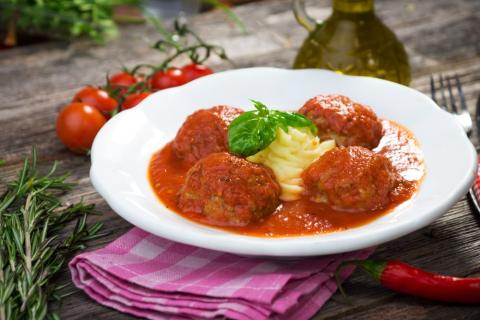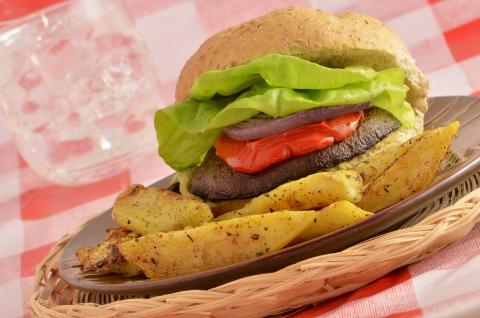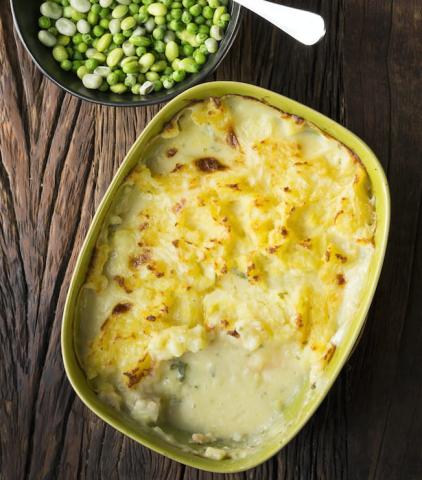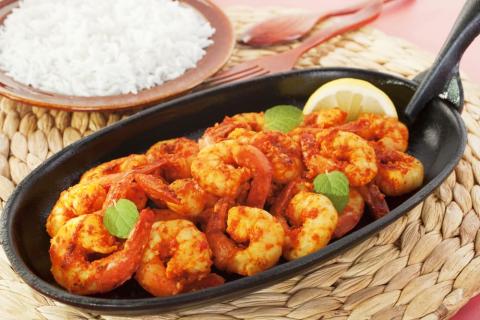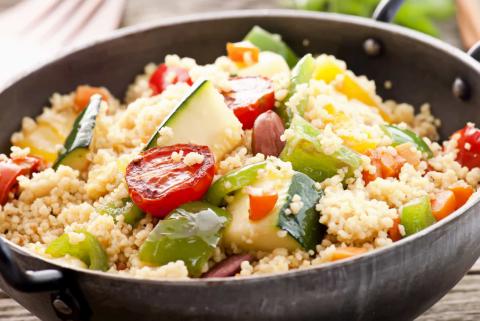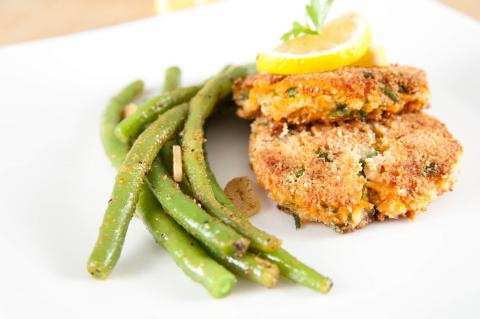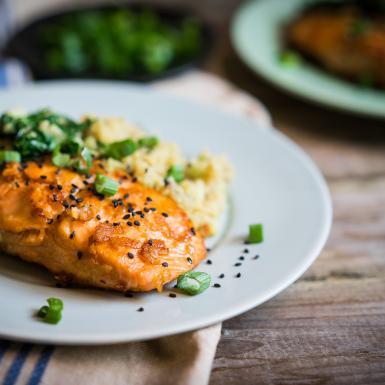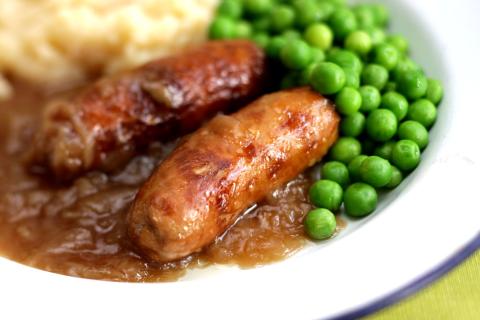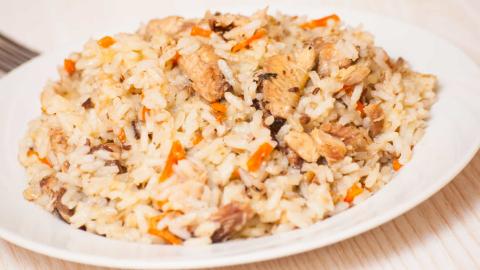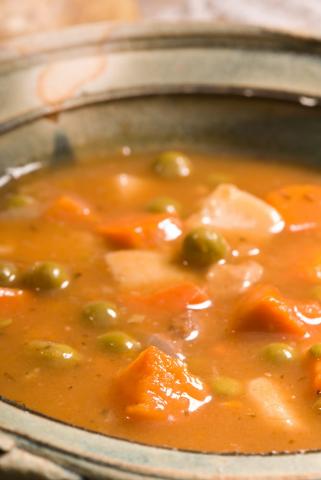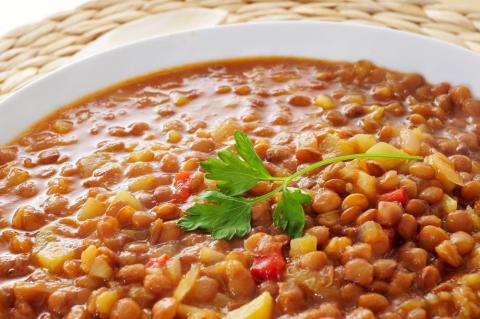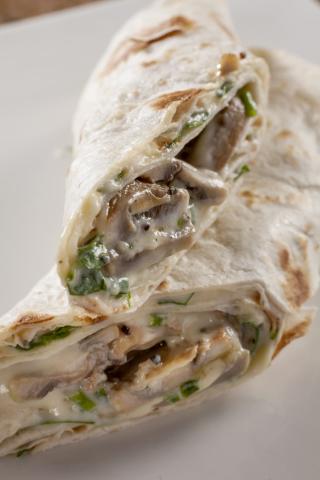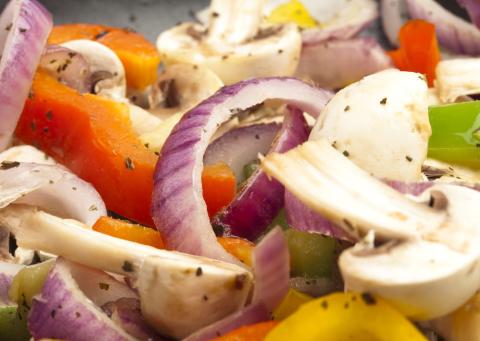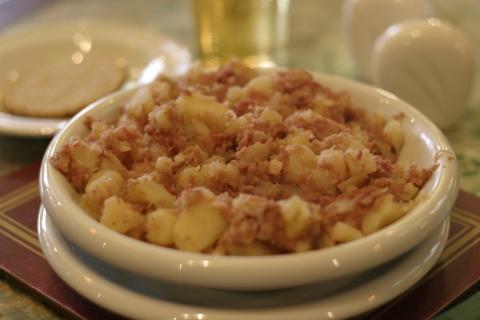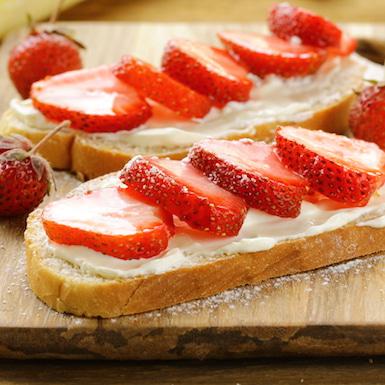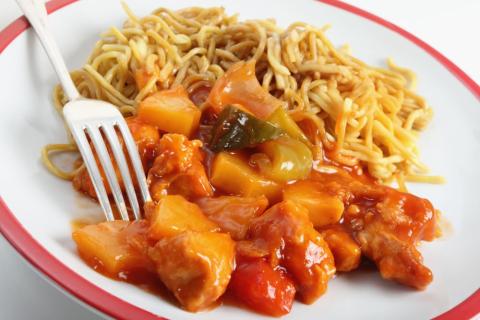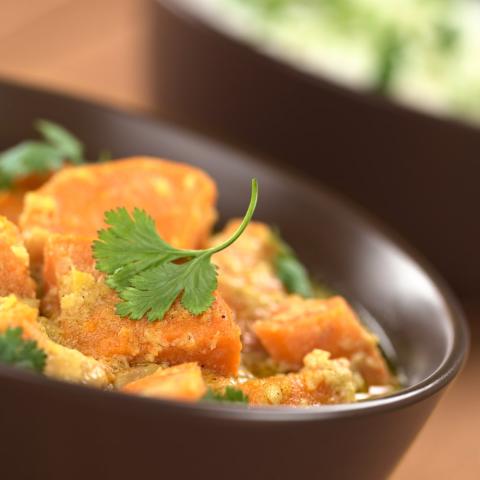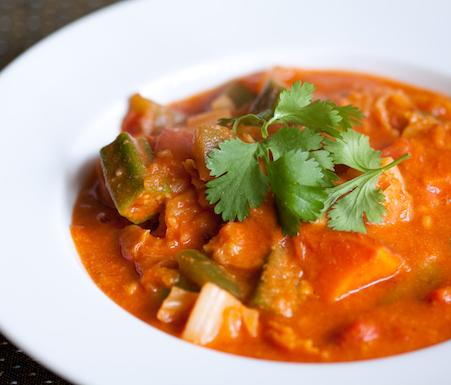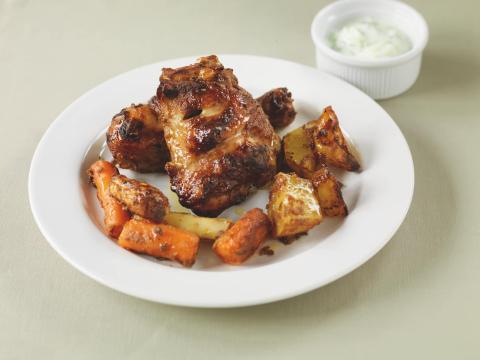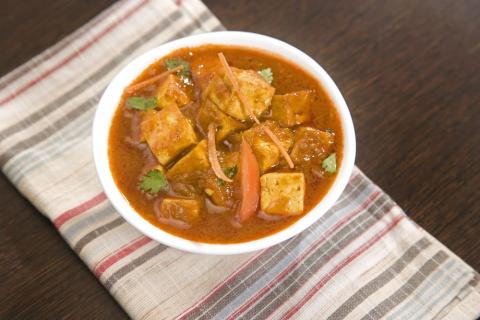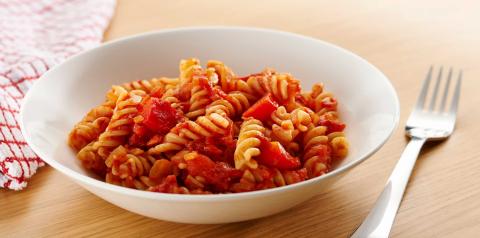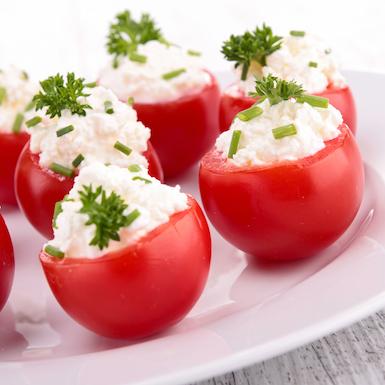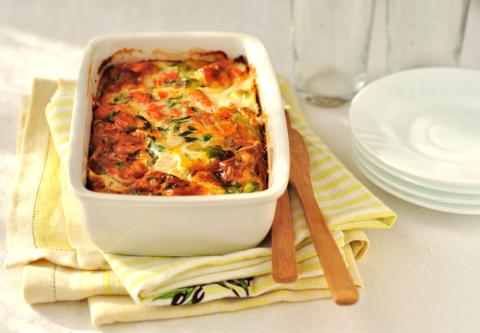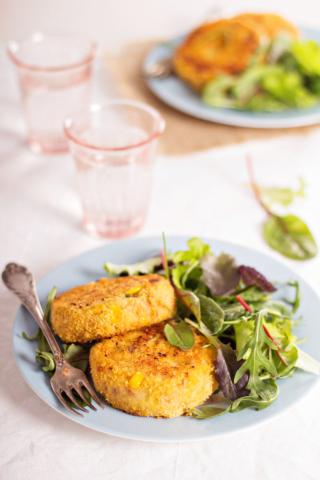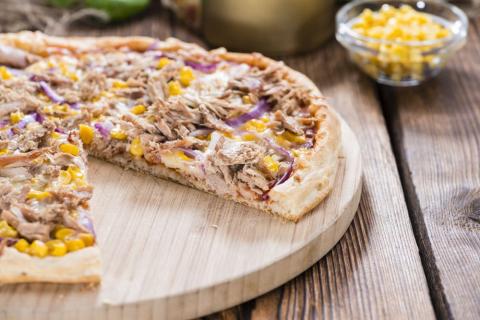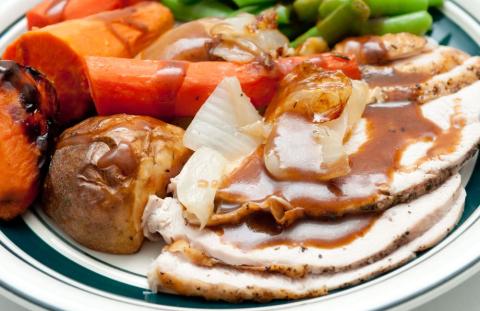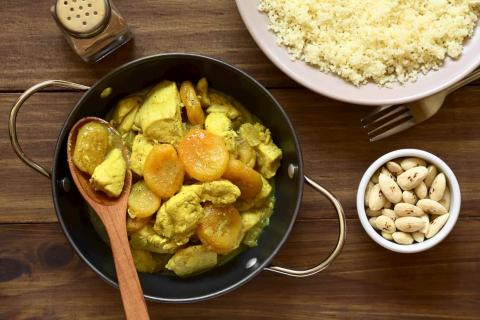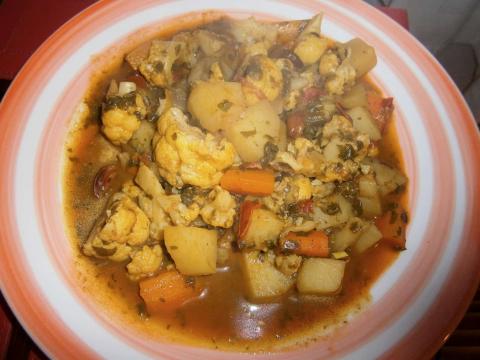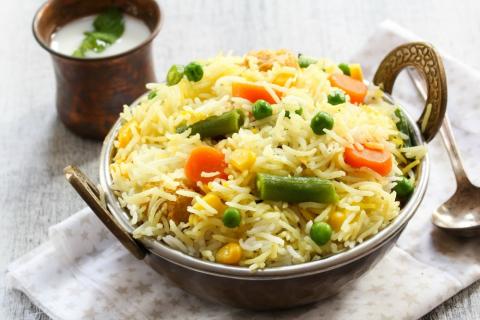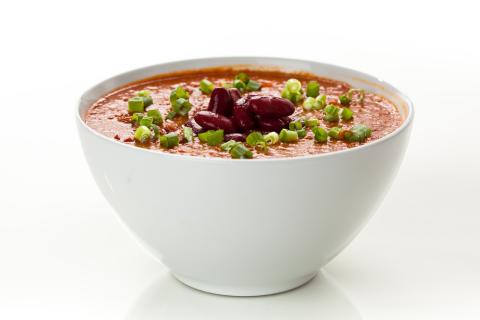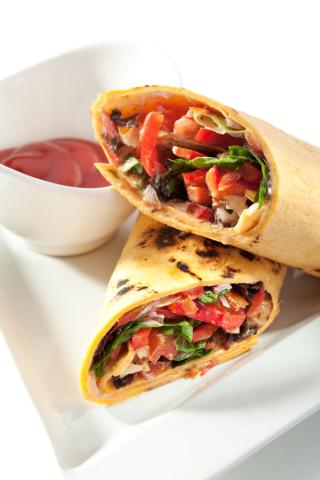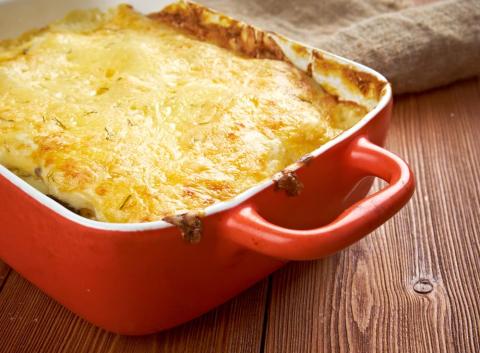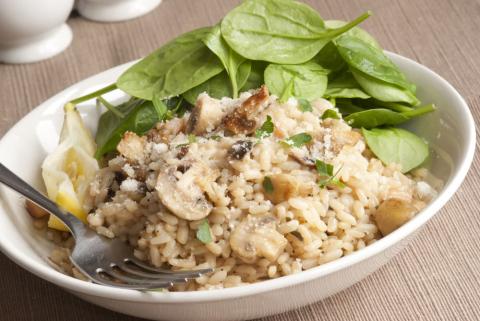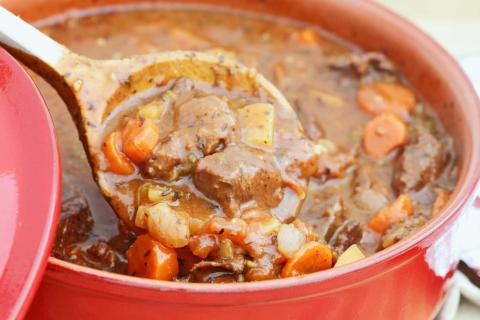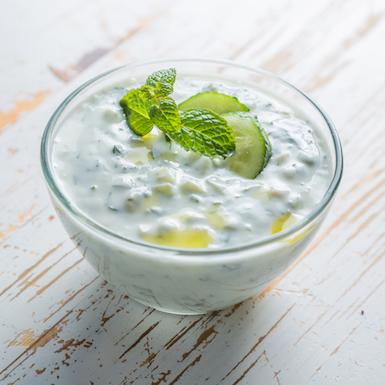- 1 Tablespoon (10g) Vegetable Oil
- (400g) Diced Chicken Breast or 4 Small Chicken Breasts
- 1 Medium (150g) Onion
- 1 Medium (160g) Red Pepper
- 16 Tablespoons (200g) Dried Easy Cook Long Grain Rice
- 3 Teaspoons (9g) Medium Curry Powder
- 2 Mugs (500ml) Water
- 4 Tablespoons (120g) Frozen Peas
- 3 Tablespoons (75g) Seedless Raisins
Ingredients
Allergy Disclaimer
Always check the label of each ingredient for allergy warnings.
Method
- Peel and finely chop the onion. Wash, deseed and chop the pepper.
- Heat the oil in a large saucepan and fry the chicken for 5 minutes until browned.
- Add the onion and pepper and fry until soft.
- Stir in the rice and curry powder and fry for another 2 minutes.
- Add the water and raisins.
- Bring to the boil and simmer for 20-25 minutes until the rice is cooked, stirring occasionally. Add more water if necessary. Add the peas 5 minutes before the end of cooking.
- Once the rice is cooked, use a slotted spoon to dish up and enjoy hot.
You can use white or brown rice or even a mix of the two depending on what you have.
Time Saver Tips
Why not make this in bulk and freeze some of it on the day you make it for an easy meal another time? Just make sure you chill the food (ideally within an hour after cooking) before freezing. Also, why not boil the rice while preparing the vegetables and chicken and adding it to the pan cooked?
Cost Saver Tips
Any meat such as lamb, beef or pork works really well in this. It’s good to keep a look out for offers or cheaper cuts of meat such as chicken thighs that you can dice yourself, or even buy whole chicken breasts and dice them yourself. This recipe is ideal for using up any leftover cooked meat from a roast chicken or turkey. To make this vegetarian, you could pop in a can or two of kidney beans or cannellini beans instead – these are super healthy and tasty. Why not try using whatever vegetables you have in? Fresh work best, but even frozen peas and sweetcorn from the freezer taste good. Raisins add a nice finishing touch, but no need to worry if you don’t have any.
Tips for Kids
Why not get your little one to help with adding the raisins and stirring? They might like sneaking a few raisins as a snack while cooking, too! You could try seeing if your little one would like to help you prepare the vegetables. Knowing they’ve helped make this might even make them more likely to eat it. It’s totally fine to use a bit less curry powder if your little one isn’t too keen on spicy food. You could even have some chilli flakes on the table for anyone who likes things on the spicy side!
Nutritional Information
Based on a single serving of 356g (% of an adult's reference intake)
Energy
401 kcals ( 20 %)
1,701 kJ ( 20 %)
Fat
0.7 g ( 4 %)
Saturates
62.8 g ( %)
Sugar
18.8 g ( 21 %)
Salt
0.2 g ( 3 %)
Detailed nutritional information
| Per 100g | Per 356g serving | |
|---|---|---|
| Energy Kcals | 113 | 401 |
| Energy Kj | 478 | 1,701 |
| Protein | 8.5 g | 30.4 g |
| Total Fat | g | g |
| Saturated Fat | 0.2 g | 0.7 g |
| Carbohydrates | 17.6 g | 62.8 g |
| Total Sugars | 5.3 g | 18.8 g |
| NSP Fibre | 1.3 g | 4.7 g |
| Sodium | 24 mg | 86 mg |
| Salt | 0.1 g | 0.2 g |
Find out about nutritional labelling
Nutrition labels on the front of packaging
- Most of the big supermarkets and many food manufacturers display nutritional information on the front of pre-packed food.
- Front of pack nutrition labels provide information on the number of grams of fat, saturated fat, sugars and salt and the amount of energy (in kJ and kcal) in a serving or portion of a recipe.
- The labels also include information about reference intakes (expressed as a percentage) which are guidelines about the approximate amount of particular nutrients and energy required for a healthy diet.
- The colour coding tells you at a glance if the food has high (red), medium (amber) or low (green) amounts of fat, saturated fat, sugars and salt.
- The more greens on the label, the healthier the choice
- Amber means neither high nor low, so you can eat foods with all or mostly ambers on the label most of the time.
- Reds on the label means the food is high in that nutrient and these are the foods we should cut down on. Try to eat these foods less often and in small amounts.
Food shopping tips
If you’re trying to decide which product to choose, check to see if there's a nutrition label on the front of the pack. This will help you to quickly assess how your choices stack up. You will often find a mixture of red, amber and green colour coding for the nutrients. So when you're choosing between similar products, try to go for more greens and ambers and fewer reds if you want to make a healthier choice.
 Activities & Play
Activities & Play Behaviour
Behaviour Childcare
Childcare Development & Growing Up
Development & Growing Up Family, Friends & Relationships
Family, Friends & Relationships Feeding Your Baby
Feeding Your Baby Food & Eating
Food & Eating Health & Safety
Health & Safety Mental Health & Wellbeing
Mental Health & Wellbeing Money & Work
Money & Work Online Behaviour & Safety
Online Behaviour & Safety Pregnancy & First Days
Pregnancy & First Days School & Education
School & Education Sleep
Sleep

